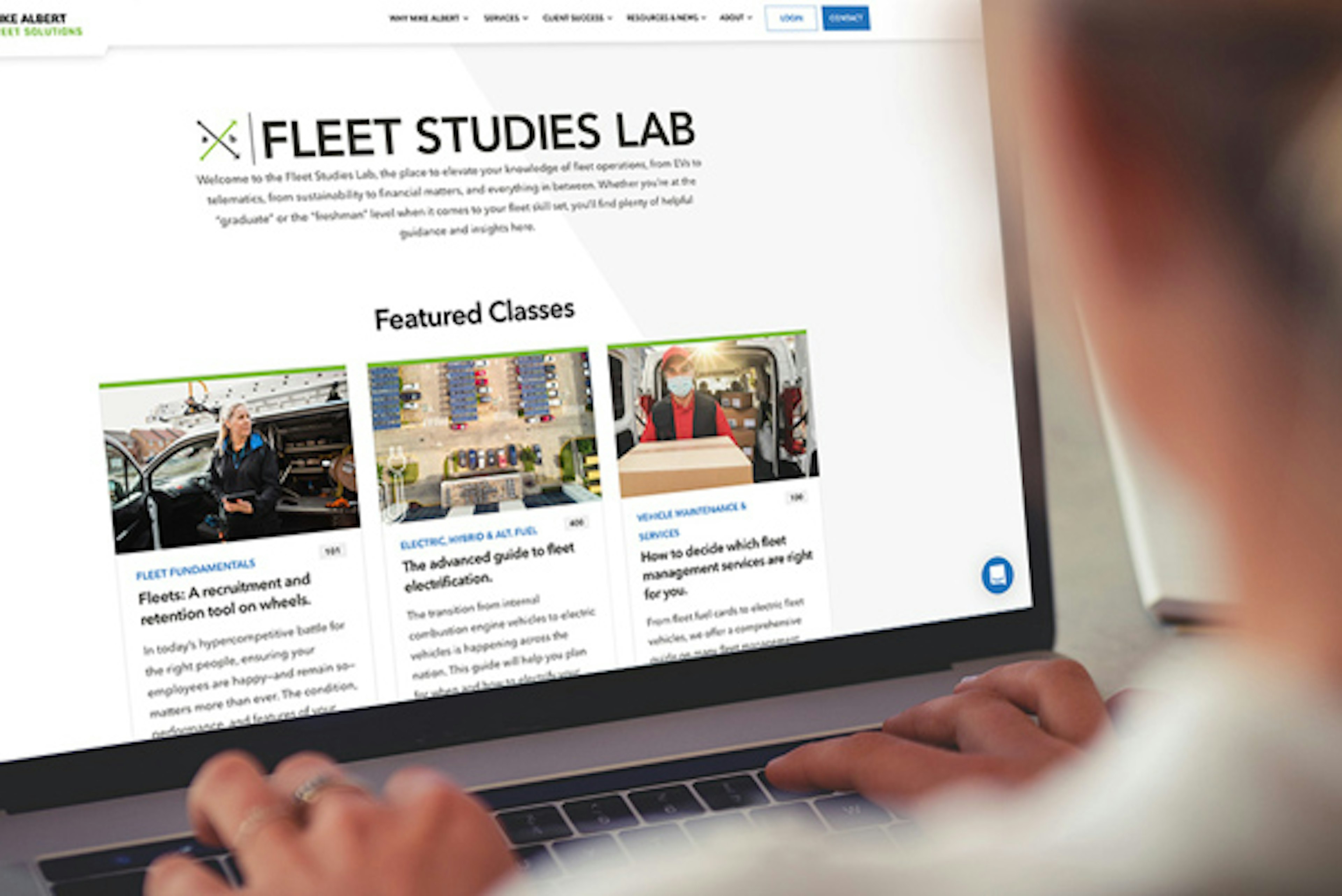Key Details on the New U.S. Tariffs: What to Expect
1. Automotive Tariff of 25% on All Imports
- Went into effect on April 3, 2025
- Rate: 25% on passenger vehicles and light trucks, as well as key automotive parts (engines, transmissions, powertrain parts and electrical components).
- Applies at Every Stage: The tariff is charged each time a component enters the USA. That means raw materials, modules, and fully assembled vehicles will all be subject to the tax as they move through production.
- The key automotive parts apply to commercial vehicles such as medium & heavy-duty models (class 4 – 8).
- To be determined how key automotive parts will be covered by the US, Mexico, Canada (USMCA), which would prevent tariffs from applying to certain parts. USMCA replaced NAFTA.
2. Impact of Tariffs on United States-Mexico-Canada Agreement (USMCA)
- Went into effect on April 29, 2025
- Automotive tariffs (#1 above) do not apply if the vehicle has final assmebly in the USA and 85% of the content is USMCA compliant.
- Automotive tariffs (#1 above) would apply if the vehicle has final assembly in the USA and less than 85% of the content is USMCA compliant.
- As an example, if the vehicle has 50% of the content that is USMCA compliant, then the 25% tariffs would apply to difference of 35% (85%-50%) of non-USMCA compliant content.
- Automotive manufacturers can also submit supporting documents to obtain a tariff offset in 2025 & 2026
- In 2025, manufacturers can obtain up to 15% of imported component tariffs back.
- In 2026, manufacturers can obtain up to 10% of imported component tariffs back.
- In 2027, manfacturers cannot obtain any monies from imported component tariffs back.
3. How This Impacts Vehicle Costs
- USA-Assembled Vehicles (using imported parts) Added Cost: Estimated at $3,000+ per vehicle.
- Imported-Assembled Vehicles (regardless of country) Added Cost: Estimated at up to $10,000+ per vehicle.
4. Tariff of 25% on Imported Steel and Aluminum
- Went into effect on April 29, 2025
- Raw Materials: As an example, bar stock of steel and aluminum
- Finished Goods: As an example, engine blocks, cylinder heads, complete engine assemblies
- Rate: 0% on imported steel and aluminum from any country other than China.
- Rate: 25% on imported steel and aluminum from China, stackable on other tariffs in effect (i.e. automotive, etc.). Automotive components would therefore be 50%.
5. Reciprocal Tariffs
- Reciprocal tariffs have been paused 90 days from April 2, 2025 to July 2, 2025
- Not incremental to automotive, steel or aluminum tariffs previously announced.
6. What This Means for the Market
Automakers are working on pricing models to determine how much of the increased costs will be passed on to consumers.
Tariffs can change without notice, creating uncertainty for production and pricing strategies.
Immediate effects may include:
- Reduced production and availability
- Fewer manufacturer incentives
- Higher prices on pre-tariff inventory as demand shifts
Final Thoughts
These new tariffs will have wide-reaching effects on the cost of vehicles and the broader supply chain. Consumers, dealers, and automakers should prepare for higher prices, potential inventory shortages, and evolving manufacturer strategies in response to the increased costs.



